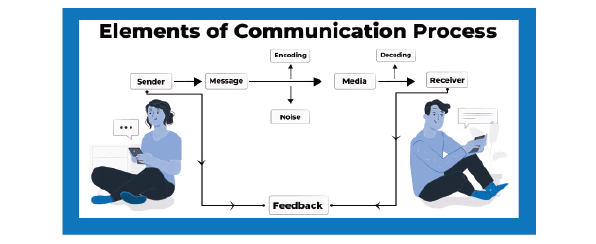Concepts of communication (situation, type, functions of language, etc.)
What is Communication?
Communication is simply the act of transferring information from one place, person or group to another.
Every communication involves (at least) one sender, a message and a recipient. This may sound simple, but communication is actually a very complex subject.
The transmission of the message from sender to recipient can be affected by a huge range of things. These include our emotions, the cultural situation, the medium used to communicate, and even our location. The complexity is why good communication skills are considered so desirable by employers around the world: accurate, effective and unambiguous.
What is Communication?
Sender: The person or entity who initiates the communication process.
Message: The information or idea being conveyed by the sender to the receiver.
Encoding: The process of converting the message into a form that can be transmitted through a communication channel.
Channel: The medium through which the message is transmitted, such as verbal or written communication, email, text, or social media.
Decoding: The process of interpreting the message by the receiver.
Receiver: The person or entity who receives the message from the sender.
Feedback: The response or reaction of the receiver to the message. It can be verbal or nonverbal.
Noise: Any interference that affects the communication process, such as physical noise or psychological barriers like language differences or cultural misunderstandings.
Context: The situation or environment in which the communication takes place. It includes physical, social, and psychological factors that influence the communication process.




